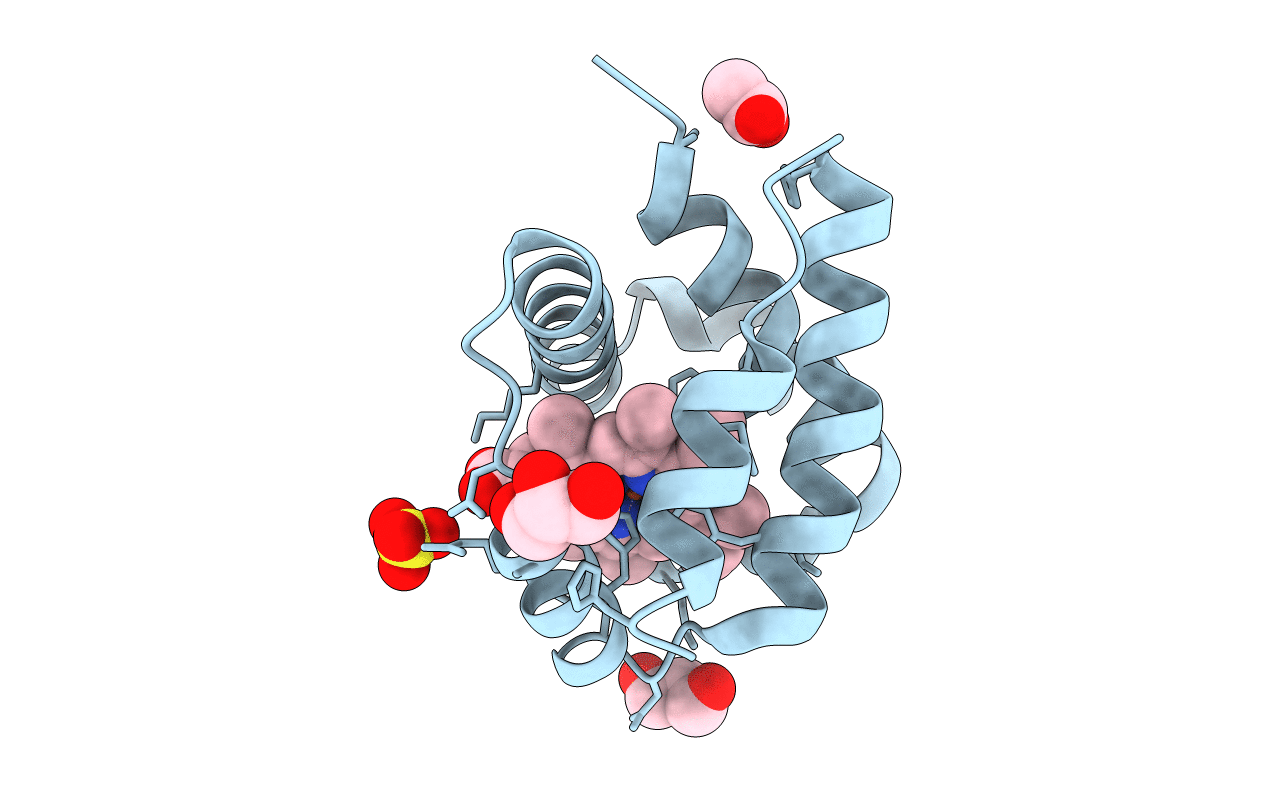
Deposition Date
2008-07-29
Release Date
2008-10-07
Last Version Date
2023-12-13
Entry Detail
PDB ID:
2VYZ
Keywords:
Title:
Mutant Ala55Phe of Cerebratulus lacteus mini-hemoglobin
Biological Source:
Source Organism:
CEREBRATULUS LACTEUS (Taxon ID: 6221)
Host Organism:
Method Details:
Experimental Method:
Resolution:
1.80 Å
R-Value Free:
0.23
R-Value Work:
0.18
R-Value Observed:
0.19
Space Group:
P 21 21 21


